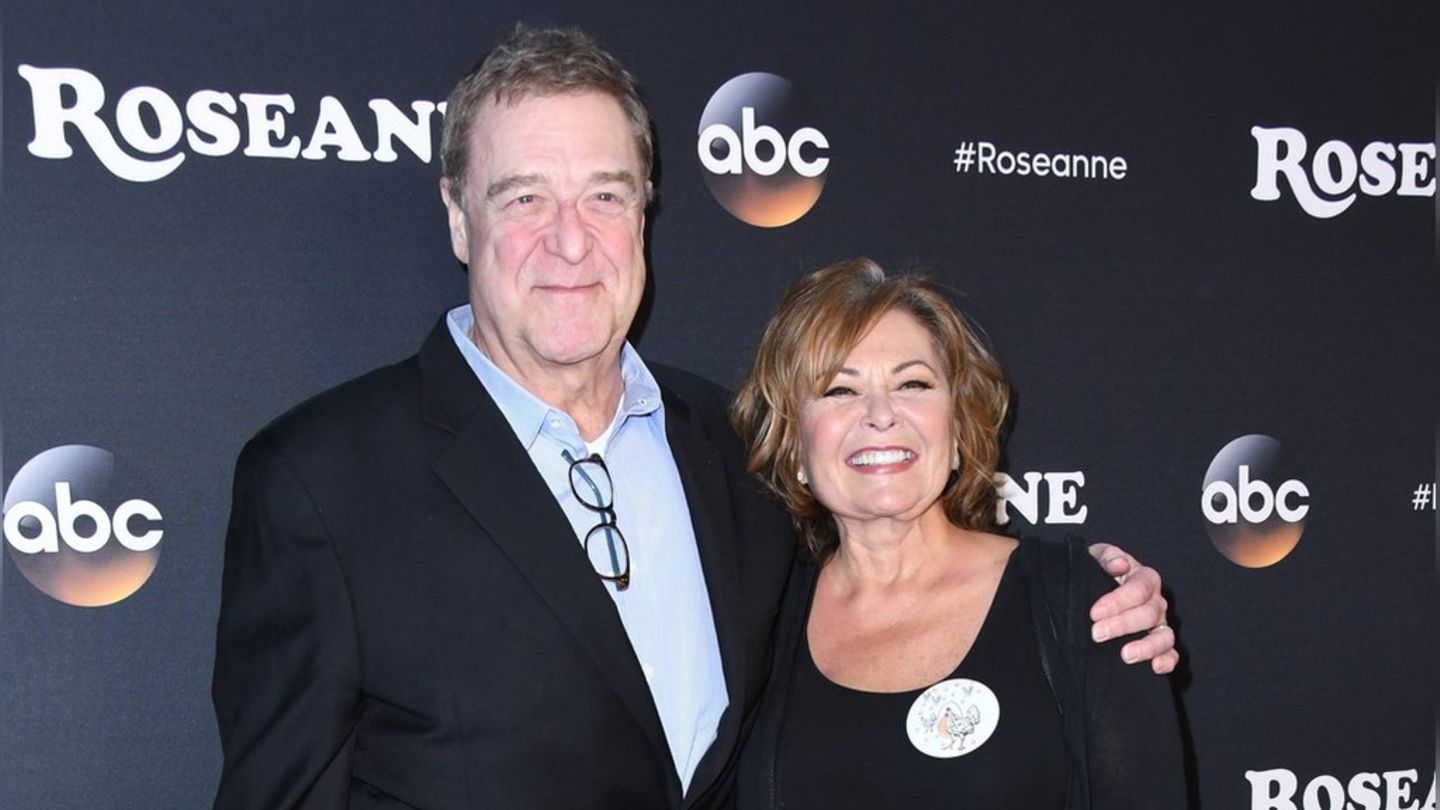The main ones Wall Street Indices rose on Friday after a week marked by volatility caused by the end of the Japanese carry trade; from moderate signals from officials of the United States Federal Reserve (Fed) after a rebound in the previous session following a report on a resilient labor market.
Futures linked to the S&P 500 and to Nasdaq U.S. stocks continued to show signs of recovery on Friday after U.S. stocks rose on Thursday after last week’s jobless claims fell more than expected. The gloomy July jobs data had raised fears of a deceleration in the United States economy.
In the absence of new economic catalysts on Friday, Robert Phipps, director of Per Stirling Capital Management in Austin, Texas, said investors were focused on hopes that the S&P 500 will break out of its recent trading range of 5135 to 5346.
“We ended up at the top of the range, but we couldn’t break out of it,” Phipps said, noting that this likely indicated that investors were still trying to form a view on the U.S. economy. “This was a rally of relief, “Not where things were good, but not as bad as expected either. There was not a substantial enough set of economic data during the week to get us out of the trading range.”
In addition to economic concerns, Phipps pointed to fears that “in Middle East “A broader conflict could still erupt over the weekend when markets are closed and unable to react.”
The global markets have also stabilized after a fall earlier this week, triggered by a rise in the yen when a surprise rate hike by the Bank of Japan resulted in the cancellation of foreign exchange carry trade operations.
He CBOE Volatility Index (VIX)Wall Street’s “fear gauge,” fell to 20.37 points from a high of 65.73 at the start of the week. But during the week, the S&P 500 fell by 0.04%, Nasdaq fell by 0.18% and the Dow fell by 0.6%.
Are Fed rate cuts coming?
The money markets are evenly split between the chances of the Fed cutting rates by 50 basis points or 25 basis points in September, according to the tool FedWatch of CME.
Federal Reserve officials said Thursday they were more confident that the inflation is cooling enough to allow for future interest rate cuts, and they will be guided by economic data on the size and timing of those cuts.
Investors are now focused on next week’s figures on the consumer prices and the retail sales July, which could provide fresh evidence on the chances of a soft landing for the US economy.
Source: Ambito




